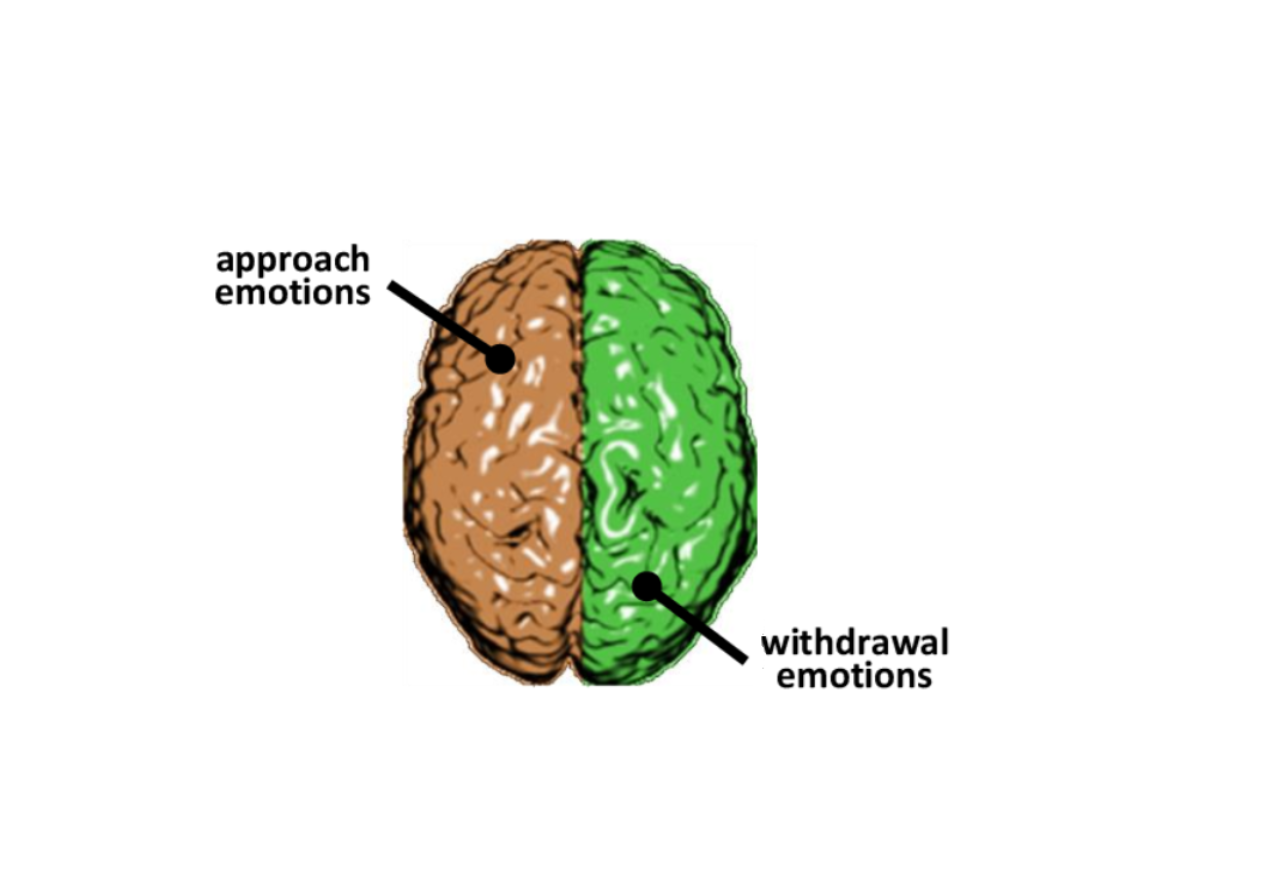Lateralization in Affective Processing
The project embarks on an experimental journey to dissect the lateralization of affective phenomena at the level of the nervous system. Central to this exploration is the discussion of various emotion models and concepts regarding the hemispheric lateralization of affective processes, coupled with the importance of bilateral electrodermal activity (EDA) recordings as a dependent variable for investigating such lateralization.
This study aims to test the “approach-withdrawal” hypothesis of nervous system lateralization using bilateral skin conductance response as a measure. The hypothesis proposes that affective processing of appetitive stimuli results in left hemisphere lateralization, whereas processing of aversive stimuli results in right hemisphere lateralization. Consequently, it is expected that exposure to aversive stimuli will elicit greater electrodermal activity in the right hand, whereas appetitive stimuli will elicit greater activity in the left hand, and that variations in this pattern of activation will correlate with interpersonal differences, particularly in terms of BIS/BAS personality profiles and self-reported affective ratings of stimuli. This exploratory experimental approach, which incorporates the observation of appetitive and aversive images as within-subject independent variables, aims to provide a deeper understanding of the relationship between emotional processing and physiological responses.
By integrating theoretical models of emotion with practical bilateral EDA assessments, the project aims to provide new insights into the complex nature of affective processing and its lateralization within the nervous system.

